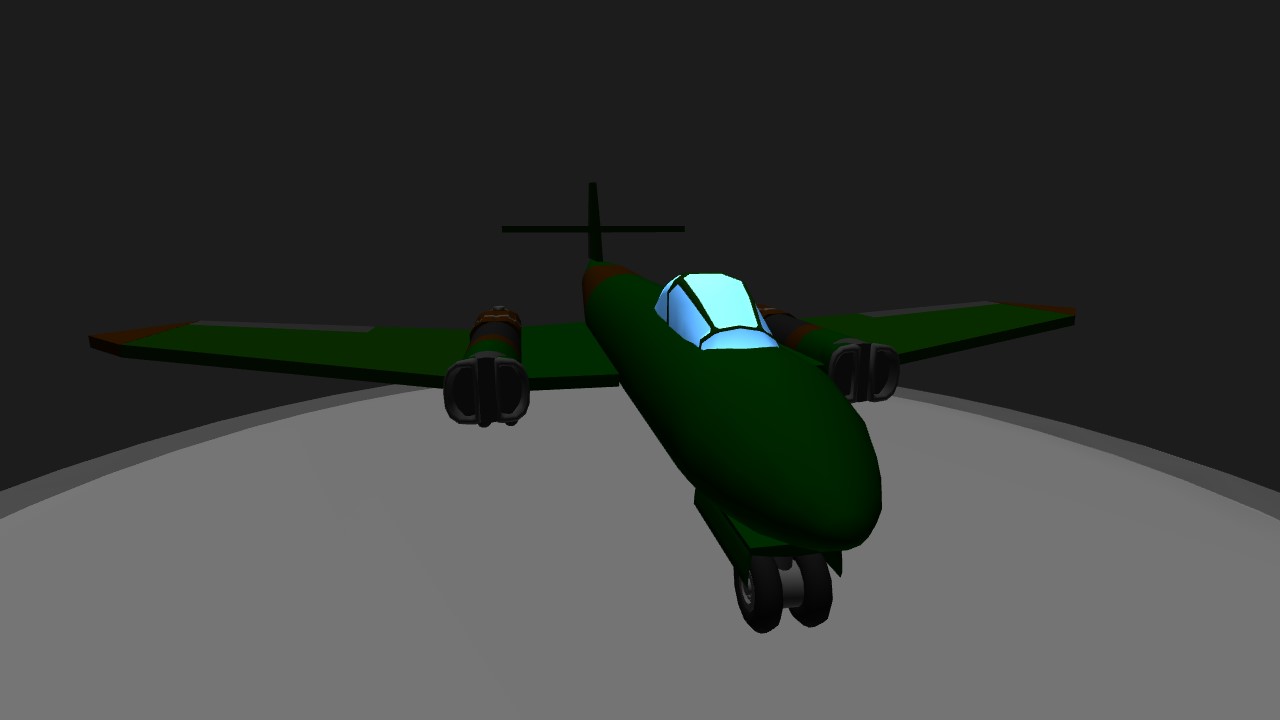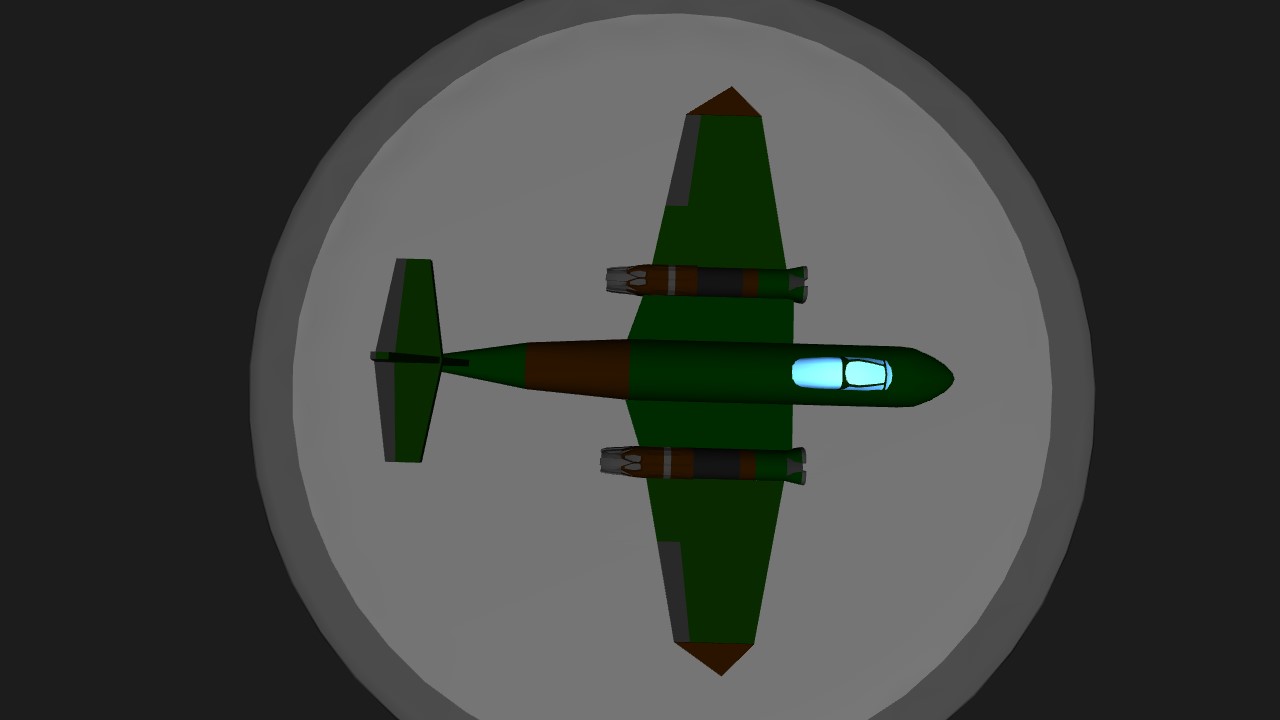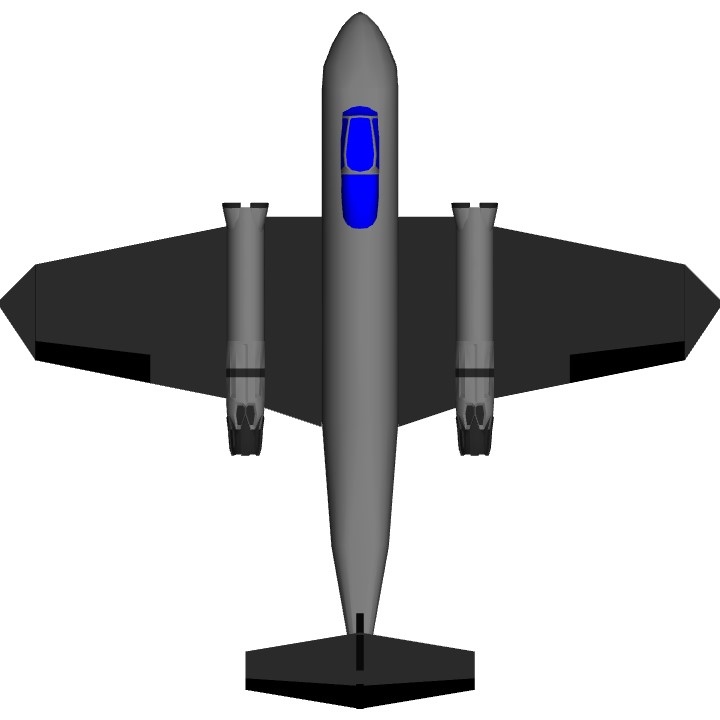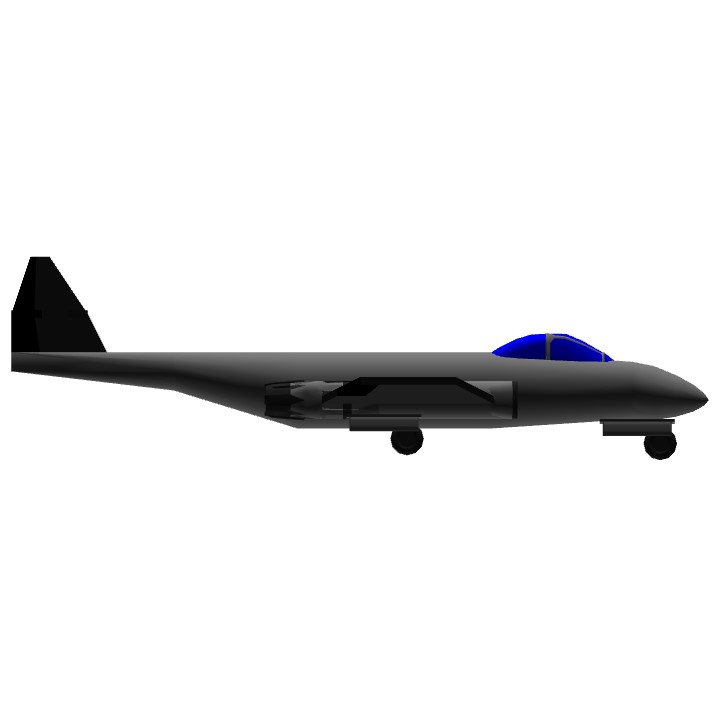The Gloster Meteor was the first British jet fighter and the Allies' only operational jet aircraft during the Second World War. The Meteor's development was heavily reliant on its ground-breaking turbojet engines, pioneered by Sir Frank Whittle and his company, Power Jets Ltd. Development of the aircraft itself began in 1940, although work on the engines had been under way since 1936. The Meteor first flew in 1943 and commenced operations on 27 July 1944 with No. 616 Squadron RAF. Nicknamed the "Meatbox", the Meteor was not a sophisticated aircraft in its aerodynamics, but proved to be a successful combat fighter.The Gloster Meteor F Mk.III was the first version of the Meteor to be produced in large numbers, and the first truly satisfactory version of the aircraft. The first production version, the F Mk.I, lacked engine power, and was at best equal in performance to the best piston engined aircraft, but the majority of Meteor F Mk.IIIs were powered by a pair of Rolls-Royce Derwent I engines, each providing 2,000lb of thrust, making the Meteor F Mk.III clearly superior to the contemporary Spitfires and Mustangs, at least in speed. However both the Mk.I and Mk.III were slow to respond to the throttle, with the result that they tended to take too long to reach top speed.
Specifications
General Characteristics
- Created On iOS
- Wingspan 30.9ft (9.4m)
- Length 29.9ft (9.1m)
- Height 8.6ft (2.6m)
- Empty Weight 3,295lbs (1,495kg)
- Loaded Weight 11,979lbs (5,434kg)
Performance
- Power/Weight Ratio 0.562
- Wing Loading 66.9lbs/ft2 (326.6kg/m2)
- Wing Area 179.1ft2 (16.6m2)
- Drag Points 2484
Parts
- Number of Parts 34
- Control Surfaces 6
- Performance Cost 212






